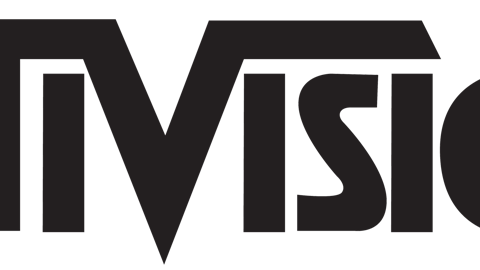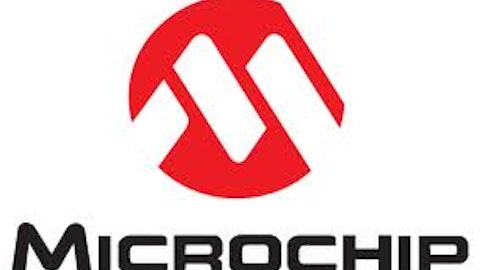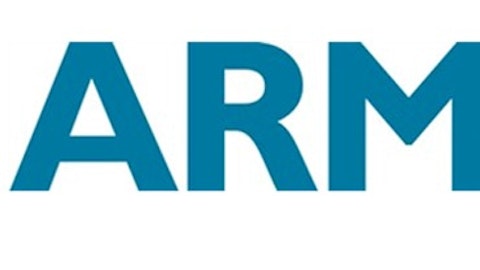Based on TTM earnings, the P/E ratio for Activision Blizzard, Inc. (NASDAQ:ATVI) is 13.50, but factoring in the cash, this lowers this ratio to about 10.2. This seems low for a leading game company with two of the most successful franchises in history, leading me to believe that the market is expressing some pessimism.
There are a couple of legitimate concerns regarding Activision Blizzard, Inc. (NASDAQ:ATVI). First, with a new Call of Duty game being released every year, the possibility of franchise fatigue becomes a threat. Competitor Electronic Arts is gaining traction with its Battlefield franchise. If the new Call of Duty game doesn’t outsell the previous one this holiday season, it could lead to a perpetual decline of the franchise.
World of Warcraft’s age is another problem for Activision Blizzard, Inc. (NASDAQ:ATVI). Having launched in 2004, the game may be losing its luster, with subscriber numbers falling precipitously in the most recent quarter. With no successor yet announced and no guarantee that a new game will be anywhere near as successful, this cash cow could be drying up.
Given these threats, the price paid for Activision needs to be low, and the cash certainly helps. A $14 share price would put the company’s cash-adjusted P/E ratio at about 8, which seems reasonable given the prospect of earnings declines. The stock traded this low as recently as June, so it’s certainly within the realm of possibility.
Expanding in all directions
Graphics chip designer NVIDIA Corporation (NASDAQ:NVDA) is best known for its GPUs used for PC gaming. As the PC market has declined, NVIDIA stock has been unfairly punished, even as the gaming PC market continues to grow. I pointed this out in a previous article. NVIDIA’s core GPU business is strong, but the company is just starting to branch out into new businesses.
Tegra, the company’s mobile processor, is the biggest initiative. Although there have been struggles lately, the newest iteration of the chip, the Tegra 4, will start showing up in devices soon. With NVIDIA Corporation (NASDAQ:NVDA) launching the Shield, a handheld gaming device, and rumors of a NVIDIA tablet, it’s clear that the company is trying to become a leader in the mobile gaming market. Its success isn’t guaranteed, but there is real potential here.
The interesting thing about graphics cards is that they are essentially just a large number of processors optimized to perform the types of operations used in games and visualization applications. It turns out that there are other applications, ranging from scientific research to computational finance, which can be greatly accelerated if they are run on a GPU. The Tesla line of high-performance computing cards offers exactly that, although any modern GPU can serve the same purpose, albeit with lower performance. GPU computing is a growing market, and NVIDIA Corporation (NASDAQ:NVDA) is at the forefront.
At the end of the most recent quarter, NVIDIA Corporation (NASDAQ:NVDA) had $2.94 billion in cash and no debt. This works out to about $5 per share in cash, which is about 34% of the total market capitalization with the current stock price around $14.75 per share. The TTM P/E ratio is 16.4, but factoring in the cash, this number drops to just 10.8.





